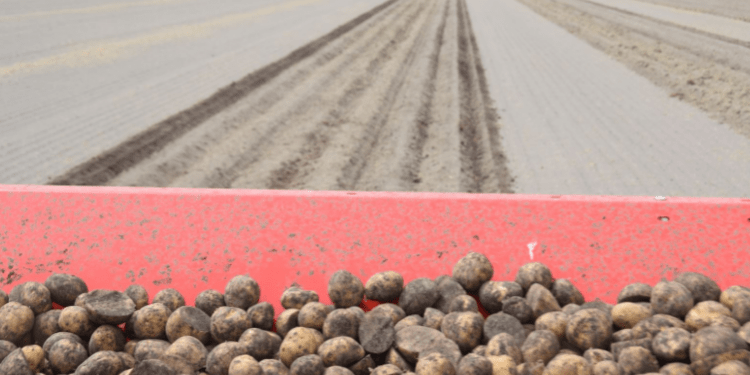The Economic Significance of the Klamath Project
The recent economic impact study commissioned by the Klamath Basin Research and Extension Center (KBREC) highlights the substantial contributions of the Klamath Project and surrounding areas like the Sprague and Wood River Valleys to the regional economy. According to the study, these areas collectively generate $367.8 million in annual agricultural production value during a full water year, supporting over 3,000 jobs. This impressive figure includes $261.7 million from crop production and $106 million from livestock production, showcasing the region’s heavy reliance on irrigated agriculture.
High-Value Crops and Job Creation
The study reveals that high-value crops, such as vegetables and fruits, though they occupy only 12 percent of the irrigated acreage, contribute a staggering 45 percent of the total agricultural revenues, averaging $4,960 per acre. Conversely, alfalfa and other hay, which support the livestock industry, occupy the largest percentage of irrigated acreage at 33 percent, generating an average revenue of $1,357 per acre. The Klamath Project and off-project irrigated agricultural production support approximately 3,180 jobs and contribute $176.5 million in annual labor income, emphasizing the essential role of agriculture in job creation and economic stability in the region.
Risks of Water Supply Reductions
The study also underscores the severe risks posed by reduced water supplies to the region’s agricultural economy. A 34 percent reduction in water supply could result in a $75.6 million loss in agricultural output, endangering 880 jobs and $48.2 million in labor income. More drastic reductions, ranging from 47 to 66 percent, could lead to losses of up to $142.5 million in agricultural output, threatening 1,560 jobs and $75.3 million in labor income, which translates to a 38.7 percent hit to the local economy already struggling with drought impacts.
Broader Economic Impacts
The ripple effects of reduced irrigation water supplies extend beyond the agricultural sector, affecting local tax revenues as well. A one-third reduction in agricultural output could decrease sales and use tax revenues by $265,000 annually in Modoc and Siskiyou counties. Klamath County has already experienced a $1 million annual reduction in agricultural property tax revenues due to lower irrigation assessments during recent drought years.
The findings of the study vividly illustrate the critical role of the Klamath Project in sustaining the economic vitality of the Upper Klamath Basin. The region’s agricultural economy, dependent on a reliable water supply, not only supports substantial agricultural production and job creation but also significantly contributes to local tax revenues. Ensuring a stable water supply is imperative for maintaining the economic stability and prosperity of the community.





